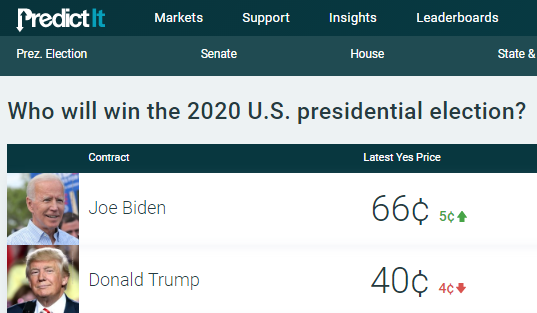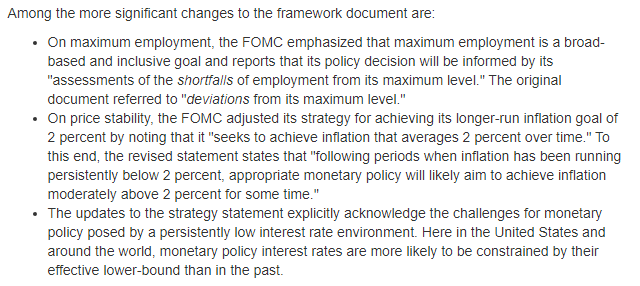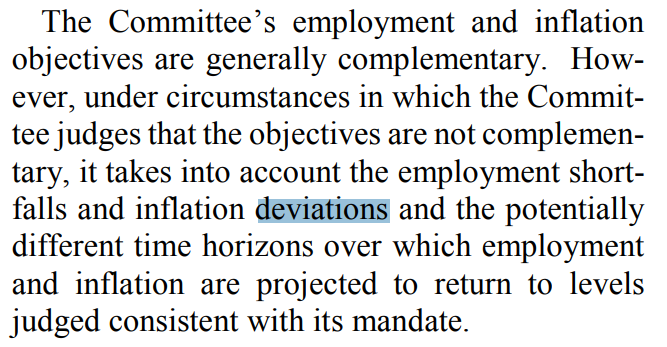
Payrolls +638k in October, and the unemployment rate has fallen by a full percentage point to 6.9% (even as participation rose).
A very strong household report, with a weaker (but pretty much as expected) payrolls report.
Sadly, the payrolls report is usually more informative.
A very strong household report, with a weaker (but pretty much as expected) payrolls report.
Sadly, the payrolls report is usually more informative.
That unemployment rate is worth digging into. It comes from a separate survey, in which employment was reported to have grown by a massive 2.2 million.
This decline in unemployment occurred even as the labor force grew 724k.
It's good news, but from the less reliable survey.
This decline in unemployment occurred even as the labor force grew 724k.
It's good news, but from the less reliable survey.
Usually payrolls growth of +638k would be fantastic news. But right now, much less so.
The economy lost 22 million jobs Feb-Apr, and had made half of that back by Sept.
If we crawl back the remaining 11 million jobs at this rate, it'll take ages. The recovery is worryingly slow
The economy lost 22 million jobs Feb-Apr, and had made half of that back by Sept.
If we crawl back the remaining 11 million jobs at this rate, it'll take ages. The recovery is worryingly slow
Characterizing the economy:
1. It's in a deep hole
2. It used to be in a much deeper hole
3. So it's improving
4. But it's improving at a slow rate
5. And that slow rate isn't picking up
6. At least that slow rate of improvement isn't slowing
7. But rising covid could change that
1. It's in a deep hole
2. It used to be in a much deeper hole
3. So it's improving
4. But it's improving at a slow rate
5. And that slow rate isn't picking up
6. At least that slow rate of improvement isn't slowing
7. But rising covid could change that
Here's what's worrying me. The easy work of this recovery -- the mechanical snap back from recalling furloughed workers -- is largely done. That disguises a problem of rising unemployment due to folks who have permanently lost their jobs.
https://twitter.com/JedKolko/status/1324708405307678721
The dynamics of shutting down and reopening are violent, and their whipsaw overwhelms everything else in the data. But once that's over (it's nearly over), the question is what sort of labor market will we be left with.
Right now, it looks like it's still in a significant slump.
Right now, it looks like it's still in a significant slump.
...and we're still waiting on payrolls reports from crucial Waukesha County.
Big picture.
1. Perhaps our political crisis is receding.
2. But the covid crisis is accelerating with record case numbers (still growing exponentially), high and rising covid deaths.
3. The economic crisis is ongoing (and could worsen as the covid crisis worsens).
1. Perhaps our political crisis is receding.
2. But the covid crisis is accelerating with record case numbers (still growing exponentially), high and rising covid deaths.
3. The economic crisis is ongoing (and could worsen as the covid crisis worsens).
People sure seem pretty emotional about today’s payrolls report.
• • •
Missing some Tweet in this thread? You can try to
force a refresh





